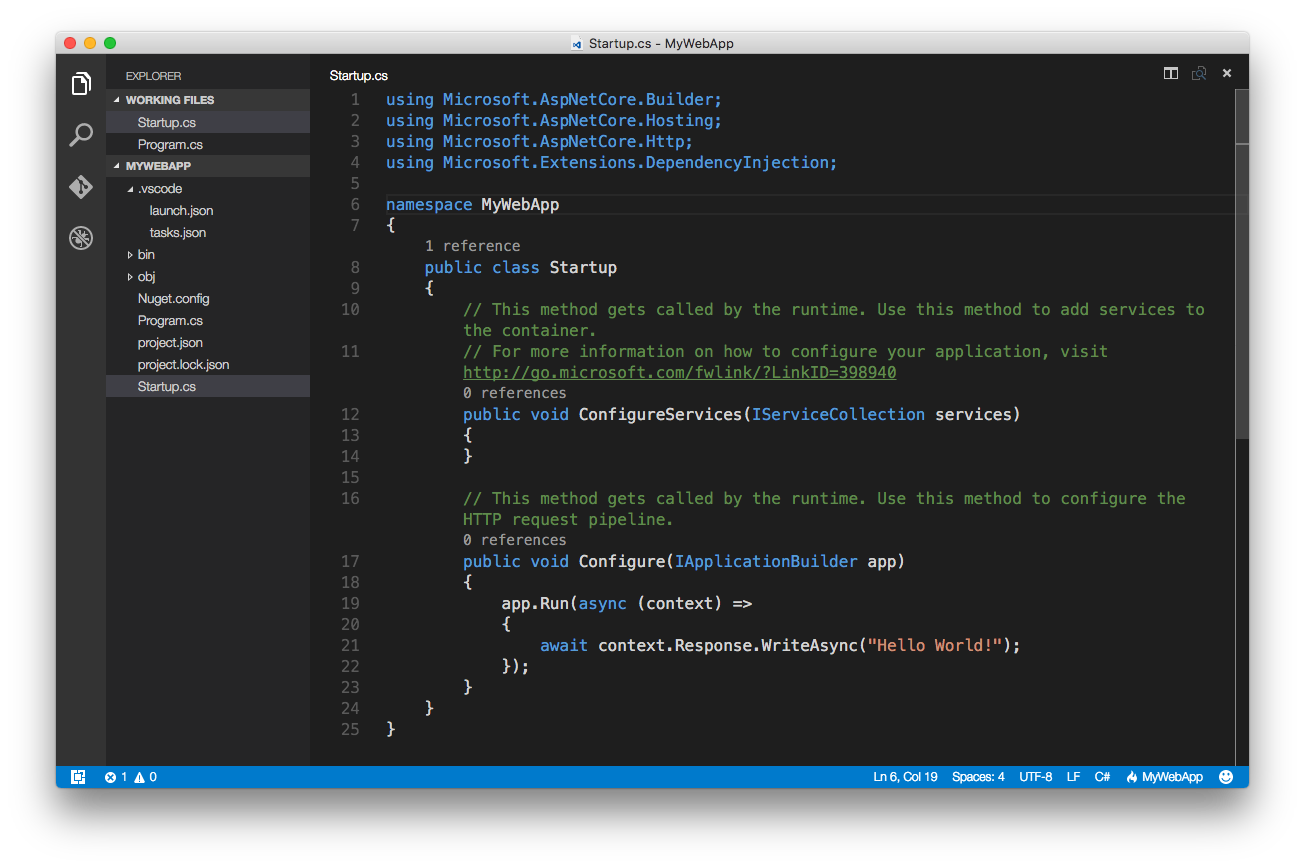To use any of these key combinations, press and hold the keys immediately after pressing the power button to turn on your Mac, or after your Mac begins to restart. Keep holding until the described behavior occurs.
- Command (⌘)-R: Start up from the built-in macOS Recovery system. Or use Option-Command-R or Shift-Option-Command-R to start up from macOS Recovery over the Internet. macOS Recovery installs different versions of macOS, depending on the key combination you use while starting up. If your Mac is using a firmware password, you're prompted to enter the password.
- Option (⌥) or Alt: Start up to Startup Manager, which allows you to choose other available startup disks or volumes. If your Mac is using a firmware password, you're prompted to enter the password.
- Option-Command-P-R:Reset NVRAM or PRAM. If your Mac is using a firmware password, it ignores this key combination or starts up from macOS Recovery.
- Shift (⇧): Start up in safe mode. Disabled when using a firmware password.
- D: Start up to the Apple Diagnostics utility. Or use Option-Dto start up to this utility over the Internet. Disabled when using a firmware password.
- N: Start up from a NetBoot server, if your Mac supports network startup volumes. To use the default boot image on the server, hold down Option-N instead. Disabled when using a firmware password.
- Command-S: Start up in single-user mode. Disabled in macOS Mojave or later, or when using a firmware password.
- T: Start up in target disk mode. Disabled when using a firmware password.
- Command-V: Start up in verbose mode. Disabled when using a firmware password.
- Eject (⏏) or F12 or mouse button or trackpad button: Eject removable media, such as an optical disc. Disabled when using a firmware password.


If a key combination doesn't work
If a key combination doesn't work at startup, one of these these solutions might help: Ship simulator mac download.
- If your Mac OS 9 System Folder was damaged and your Mac wouldnit boot, you could use the X key to force your Mac to boot Mac OS X. If there is another startup keyboard sequence you like to use.
- Starting with the release of macOS Lion in 2011, Macs have offered a Recovery.
- Click ‘See Code’ and copy the code that pops up; Head on over to MAC to start shopping; Once you’re finished, go to the checkout; At the order summary, paste the code into the box when requested; Enter the code you copied and your savings will be instantly applied.
To boot from a CD or DVD: Restart your Mac while pressing the C key. This is a great way to free.


- Be sure to press and hold all keys in the combination together, not one at a time.
- Shut down your Mac. Then press the power button to turn on your Mac. Then press and hold the keys as your Mac starts up.
- Wait a few seconds before pressing the keys, to give your Mac more time to recognize the keyboard as it starts up. Some keyboards have a light that flashes briefly at startup, indicating that the keyboard is recognized and ready for use.
- If you're using a wireless keyboard, plug it into your Mac, if possible. Or use your built-in keyboard or a wired keyboard. If you're using a keyboard made for a PC, such as a keyboard with a Windows logo, try a keyboard made for Mac.
- If you're using Boot Camp to start up from Microsoft Windows, set Startup Disk preferences to start up from macOS instead. Then shut down or restart and try again.
Remember that some key combinations are disabled when your Mac is using a firmware password.
Learn more
- Learn what to do if your Mac doesn't turn on.
- Learn about Mac keyboard shortcuts that you can use after your Mac has started up.
Mac models from early 2016 and earlier make a chime sound when they start up. Mac models from late 2016 and newer don't have a startup chime, with the exception of MacBook Air (13-inch, 2017).
If there's an issue with your Mac, it might make one of these tones when it starts up:
- One tone, repeating every five seconds: No RAM is installed. If you recently replaced or upgraded your computer's RAM, check to see if it was installed properly. If the issue continues, contact Apple Support.
- Three successive tones, then a five-second pause (repeating): RAM doesn't pass a data integrity check. If you recently replaced or upgraded your computer's RAM, check to see if it was installed properly. If the issue continues, contact Apple Support.
- One long tone while you hold down the power button: An EFI ROM update is in progress. This applies to Mac computers from before 2012.
- Three long tones, three short tones, three long tones: EFI ROM corruption is detected, and your Mac is in EFI ROM recovery mode. Newer computers automatically recover from a corrupted ROM; when this occurs, a progress bar appears on the screen during ROM recovery mode. Don't disturb your Mac while the ROM recovery takes place. When recovery is complete, your Mac restarts.
Startup Codes For Mac Os

Learn more
Bootcamp Startup Mac
- Mac computers that have the Apple T2 Security Chip don't have EFI ROM tones.
- If you need to restore the EFI ROM on certain Mac computers produced before 2008, you'll need to use a Firmware Restoration CD to restore the EFI ROM. Search Apple Downloads for the right CD image for your computer.
- Pressing and holding keys on startup can make your Mac function in different ways. To learn more, see Startup key combinations for Mac.